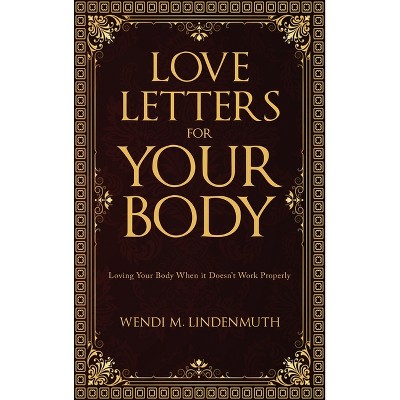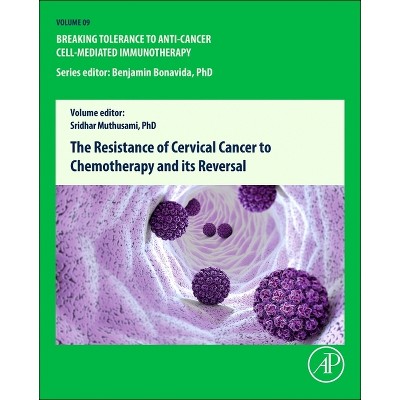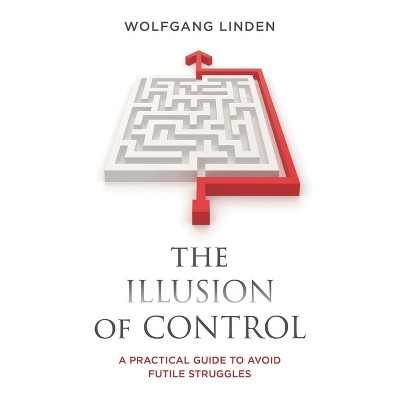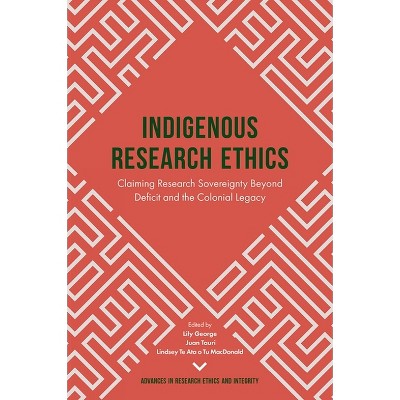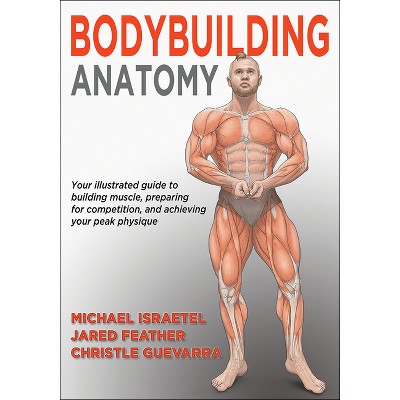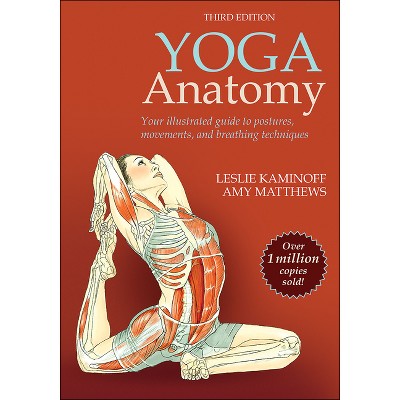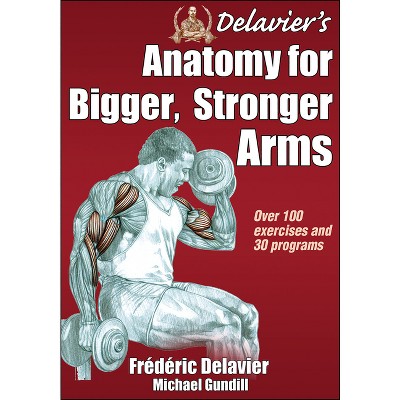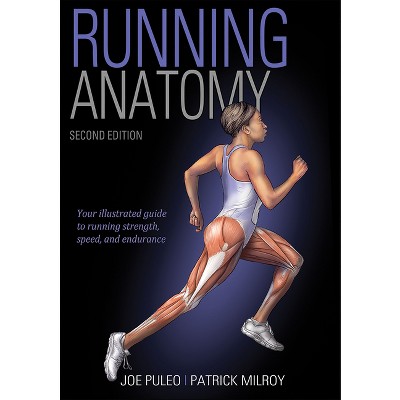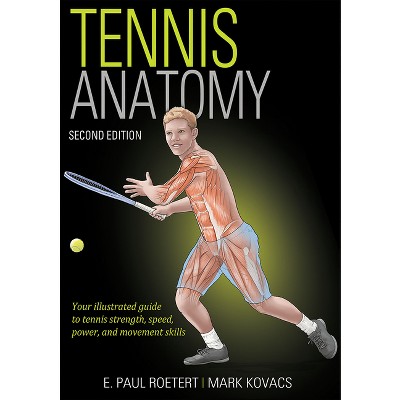Sponsored

The Anatomy and Physiology of Sports Massage - by Portia B Resnick (Paperback)
Pre-order
Sponsored
About this item
Highlights
- Apply anatomy and physiology concepts to improve your manual therapy practice.To maximize treatment outcomes from manual therapy, you must understand both anatomy and the physiological response of the body to various techniques.
- About the Author: Portia B. Resnick, PhD, ATC, BCTMB, boasts 30 years of experience in the sports medicine field as a board-certified athletic trainer and massage therapist.
- 240 Pages
- Medical, Allied Health Services
Description
About the Book
The Anatomy and Physiology of Sports Massage helps clinicians understand manual therapy techniques, ensuring treatment plans are aligned with desired client outcomes. It combines anatomy and physiology concepts to explain the what and why behind manual therapy methods.
Book Synopsis
Apply anatomy and physiology concepts to improve your manual therapy practice.
To maximize treatment outcomes from manual therapy, you must understand both anatomy and the physiological response of the body to various techniques. The Anatomy and Physiology of Sports Massage guides you through this process by combining anatomical landmarks for palpation with the function of the muscles to help you pair specific treatment techniques with the intended response. You'll get guidance on different types of manual therapies and their role in recovery from exercise as well as in treating and preventing chronic musculoskeletal injuries.
Photos throughout the book demonstrate hands-on treatments for each area of the body and are overlaid with anatomical illustrations, making it easy to pinpoint the muscles targeted by each therapy. The massage treatments are accompanied by explanations of how to perform the techniques, and descriptions of each muscle outline the origin, insertion, and action of the muscle at the joint, along with stressor considerations that are important to take into account as you work with an athlete.
Other features include advice on considerations for sports massage, such as avoiding lotions in certain scenarios, and Why Do We Care? sidebars that reiterate the practical benefits for athletes or clients. Additional information about the types and benefits of self-care treatments is also included:
- Compressive massage tools, such as foam rollers
- Decompression items, such as therapeutic tape
- Percussive techniques that use vibration, such as a massage gun
- Hydrotherapy that uses hot or cold water, such as saunas or cold plunges
The Anatomy and Physiology of Sports Massage helps you understand the why behind many of the techniques and responses seen in manual therapy. Whether you are a seasoned clinician, a clinical instructor, an educator, or a student, there is value in reviewing your practice to ensure that you are providing the best possible therapies and techniques that match desired client outcomes.
Earn continuing education credits/units! A continuing education exam that uses this book is also available. It may be purchased separately or as part of a package that includes both the book and exam.
About the Author
Portia B. Resnick, PhD, ATC, BCTMB, boasts 30 years of experience in the sports medicine field as a board-certified athletic trainer and massage therapist. With a PhD in education with a concentration in kinesiology from the University of Hawaii at Manoa, her research delved into the use of heart rate variability as a clinical measure of recovery in NCAA Division I athletes. Having worked as an athletic trainer at the high school, collegiate, and professional levels and as a sole proprietor in therapeutic and sports massage, she currently holds the positions of associate professor and coordinator of clinical education at California State University at Long Beach.
Dr. Resnick has held numerous volunteer and leadership positions in both the athletic training and massage communities. Her current research delves into sports massage, evidence-based practice in massage therapy, and massage ergonomics as part of her work for the Massage Therapy Foundation. She has given numerous presentations on manual therapy, the autonomic nervous system, and sports massage.
Shipping details
Return details
Frequently bought together
Trending Non-Fiction


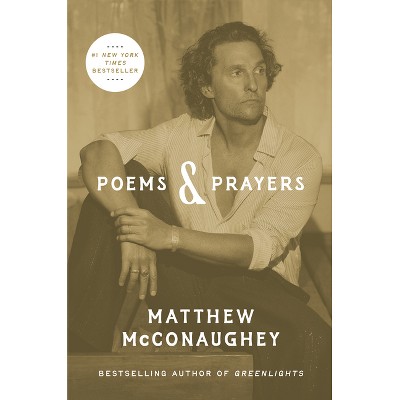



Discover more options

